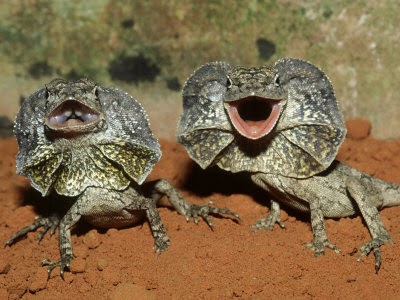1. Chihuahua Mt. Kingsnakes
2.Reptiles Magazine Online, May 2014
3. I chose this article because i took a quiz on this snake.
4. I liked that this article kept it really simple. It called this kingsnake a beginner snake and listed it lives in northern mexico hence its name. Then it listed things like its length, scientific name, picture and characteristics. They also listed that they are cannibalistic!
5. I learned that temperature control is very important for this snake. It helps digestion and overall health of this snake. They can live pretty long 12-20 years and use there alarming colors for protection. They mimic another snake to predators, so they don't get eaten. Clever.
6. No questions.
7a. Yes, I would purchase a Chihuahua Mt. because they are pretty and docile.
b. This snake was very hard to find on the market.... I couldn't find any listed prices.
c. The only site i found to purchase on was http://tremendoustricolors.com/2010-tarahumara-mountain-kingsnake/1560/, but no listed prices.
d. Just Albino again
e. Morphs maybe $100 or more
f. --->
g. Not endangered
h. No permit
i. No controversy
8. Care requirements are simple for this snake. Only a safe caged terrarium, pinkies to eat, no necessary lighting, and water bowl.
9. Beginner snake
10. The most interesting thing is there beautiful patterning.
c. The only site i found to purchase on was http://tremendoustricolors.com/2010-tarahumara-mountain-kingsnake/1560/, but no listed prices.
d. Just Albino again
e. Morphs maybe $100 or more
f. --->
g. Not endangered
h. No permit
i. No controversy
8. Care requirements are simple for this snake. Only a safe caged terrarium, pinkies to eat, no necessary lighting, and water bowl.
9. Beginner snake
10. The most interesting thing is there beautiful patterning.





.jpg)

.jpg)












.JPG)










